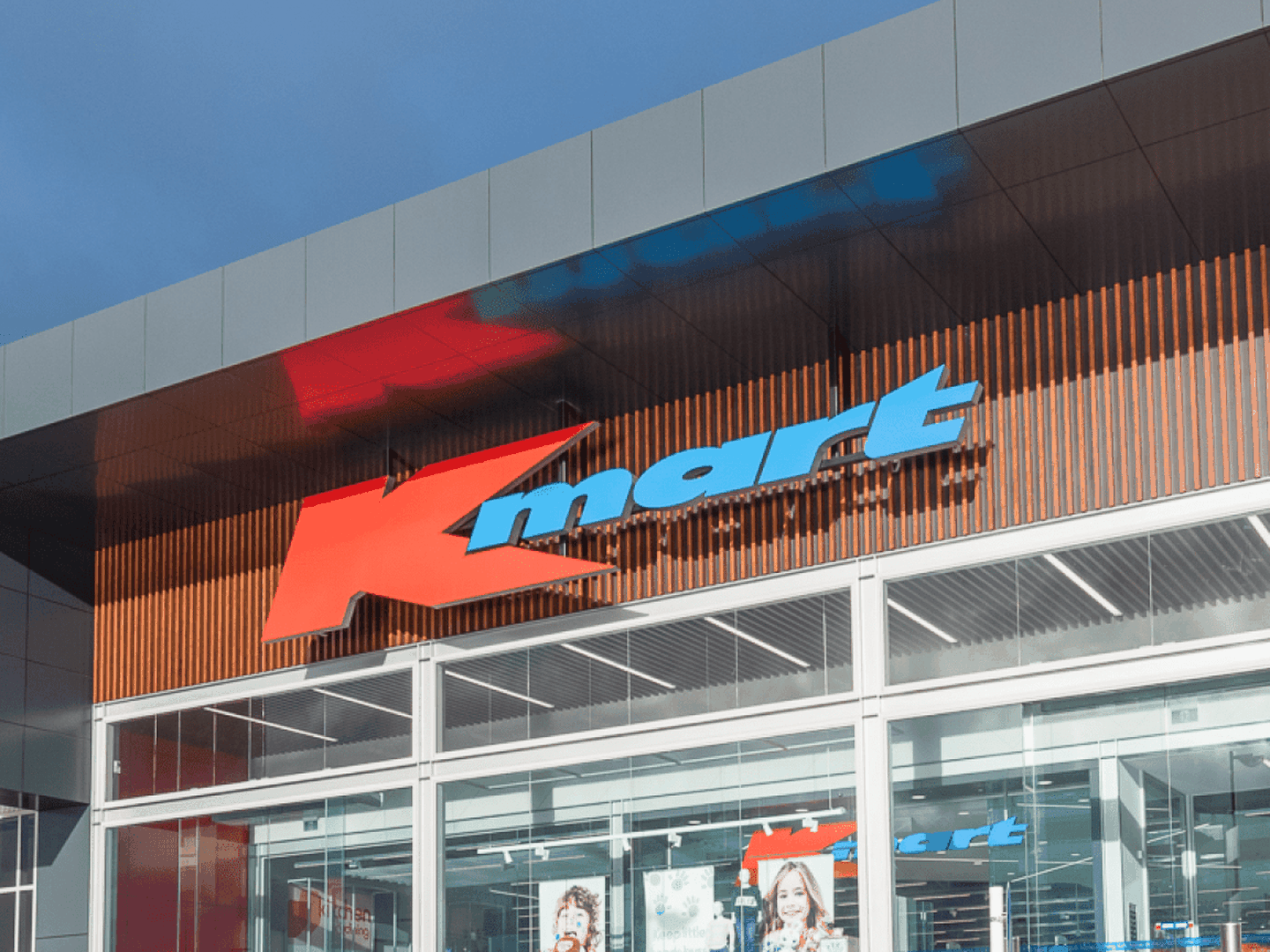What happened to Kmart? What led to the downfall of once the King of the market?

What happened to Kmart – Kmart was once one of the biggest retailers in the United States, with over 2,000 stores and a household name synonymous with discount shopping.
However, over the past few decades, Kmart has experienced a significant downfall that has ultimately led to its bankruptcy and closure of many stores. So what happened to Kmart?
Kmart’s problems began in the 1990s when it faced intense competition from other discount retailers such as Walmart and Target.
These retailers offered similar products at lower prices, and Kmart needed help to keep up. Additionally, Kmart was known for its poor customer service, outdated stores, and limited product selection, which further pushed customers to its competitors.
Poor management decisions exacerbated Kmart’s decline. In 2002, Kmart filed for bankruptcy after years of mismanagement and financial struggles. The company emerged from bankruptcy in 2003, but it continued to struggle.
In 2005, Kmart merged with Sears to form Sears Holdings Corporation, but the two companies failed to integrate successfully. The merger led to even more financial struggles for both companies, with Sears Holdings filing for bankruptcy in 2018.
The rise of online shopping also caused Kmart’s downfall. As more customers began to shop online, Kmart needed to adapt more quickly.
The company did not invest in its online presence and did not offer competitive prices or a wide selection of products online. This lack of investment ultimately led to Kmart falling behind its competitors in the online marketplace.
What happened to Kmart?
Kmart was once a retail powerhouse, with over 2,000 stores and a household name synonymous with discount shopping. However, over the past few decades, Kmart has experienced a significant downfall that has ultimately led to its bankruptcy and closure of many stores.
This article will explore the factors that contributed to Kmart’s downfall, including store locations, positioning, technology, demographics, profitability, management, and the remedies it took.
Store Locations:
One of the key factors that led to Kmart’s downfall was its store location. Kmart had many stores in locations that needed to be more profitable, and it failed to adapt to changing demographic trends.
As people moved out of urban areas and into suburban and rural areas, Kmart’s stores became less accessible to its core customer base. The company reacted slowly to these changes and failed to adjust its store locations accordingly.
Product Allocation:
Kmart’s positioning also played a role in its downfall. The company was known for its low prices but could not differentiate itself from its competitors.
Walmart and Target were able to offer similar products at lower prices, and they were able to position themselves as more modern and trendy brands. On the other hand, Kmart was seen as outdated and unappealing to many consumers.
E-Commerce:
Technology was another factor that contributed to Kmart’s downfall. As more people began to shop online, Kmart needed to invest in its online presence.
The company did not offer a wide selection of products online, and it did not offer competitive prices.
This lack of investment ultimately led to Kmart falling behind its competitors in the online marketplace.
Demographics:
Demographics also played a role in Kmart’s decline. The company’s core customer base was middle-aged and older, but it needed to attract younger consumers.
As younger consumers drove the retail industry, Kmart needed to adapt to their changing needs and preferences.
Profit Margins:
Profitability was another major factor in Kmart’s downfall. The company needed more revenue to sustain its business model and struggled with debt and other financial problems.
In 2002, Kmart filed for bankruptcy after years of mismanagement and financial struggles. The company emerged from bankruptcy in 2003 but continued struggling with profitability.
Poor Decision-Making:
Management was another factor that contributed to Kmart’s downfall. The company’s leadership made a series of poor decisions that ultimately led to its decline.
For example, Kmart should have invested in its stores, which led to outdated and unappealing store designs. The company also needed to differentiate itself from its competitors and to adapt to changing market trends.
Remedies:
After what happened to Kmart, it took several remedies to address these issues, but they were not enough to turn the company around. In 2005, Kmart merged with Sears to form Sears Holdings Corporation, but the two companies failed to integrate successfully.
The merger led to even more financial struggles for both companies, with Sears Holdings filing for bankruptcy in 2018. Kmart also attempted to improve its online presence, but it was too little, too late. The company needed help to catch up to its competitors in the online marketplace.
Wrapping Up:
In conclusion, Kmart’s downfall was caused by a combination of factors: store locations, positioning, technology, demographics, profitability, and management. The company needed to adapt to changing market trends faster and failed to differentiate itself from its competitors.
While Kmart attempted to take remedies to address these issues, more was needed to turn the company around. As a result, Kmart filed for bankruptcy and closed many of its stores, marking the end of an era for the once-mighty retail giant.
Frequently Asked Questions (FAQs):
What happened to Kmart and what caused the downfall of Kmart?
Kmart’s downfall was caused by a combination of factors, including intense competition from other discount retailers, poor management decisions, and a failure to adapt to the rise of online shopping. Additionally, Kmart needed help with profitability, store locations, and demographics.
Will Kmart ever come back?
Kmart will never return as a major retail player. The company has filed for bankruptcy and closed many of its stores, and competitors like Walmart and Target have largely overshadowed its brand.
Who owns Kmart now?
As of 2021, Kmart is owned by Transformco, a holding company that also owns Sears. Transformco acquired Kmart in 2019 as part of a bankruptcy auction.
When did Kmart file for bankruptcy?
Kmart filed for bankruptcy in 2002 after years of mismanagement and financial struggles. The company emerged from bankruptcy in 2003 but struggled with profitability and other issues.
How many Kmart stores are still open?
There are approximately 34 Kmart stores still open in the United States. This is a significant decrease from the company’s peak in the 1990s, with over 2,000 stores.
- Here Are Some Of The Most Common Contaminants Your Car Encounters During The Winter
- Bio-Bean Coffee Logs: A Sustainable Fuel for Wood Burners
- Comparing Online Live Casinos and Land-Based Casinos
- Scottish League Cup semi-final draw details: Aberdeen’s Quest for the Last Four
- Steering the Digital Economy: The Imperative of SaaS Spend Management in Modern Enterprises






